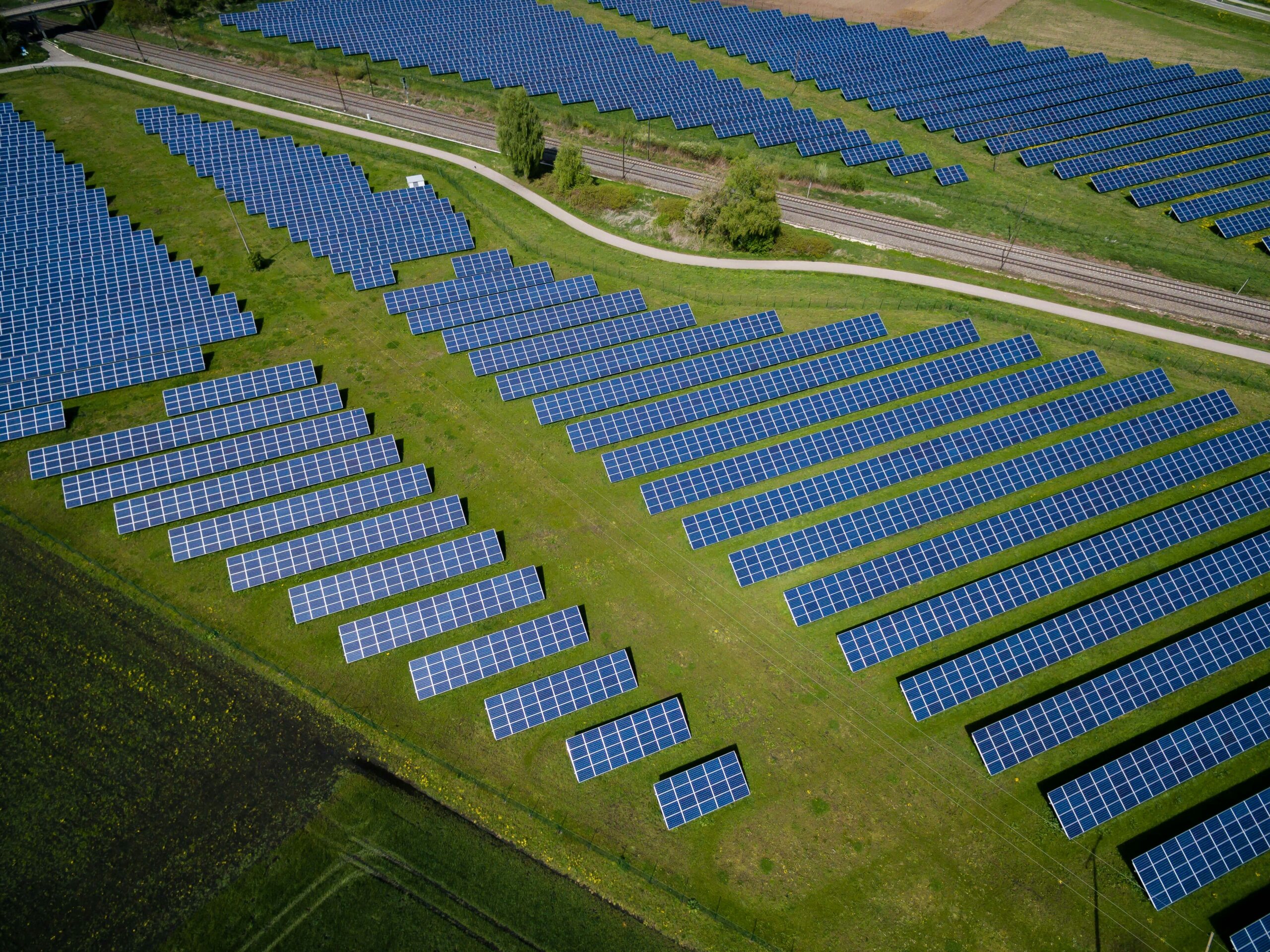Introduction to Renewable Energy in Agriculture
As modern farms look to enhance efficiency and sustainability, renewable energy solutions have emerged as a critical component. These solutions not only reduce dependence on fossil fuels but also minimize the environmental impact of agricultural practices. By leveraging wind, solar, and bioenergy, farmers can transition to greener methods that support long-term viability and growth.
Solar Power: A Key Player
Solar panels are rapidly becoming a favorite among farmers seeking renewable energy solutions. With ample sunlight available in most agricultural regions, installing solar energy systems can drastically cut energy costs. Solar power provides a reliable source of energy for irrigation systems, greenhouses, and even farm operations, allowing farmers to direct more resources into production rather than utility bills.
Wind Energy: Harnessing Nature’s Power
Another promising renewable energy solution is wind energy. Wind turbines can be strategically placed in open areas where wind speeds are optimal, enabling farmers to generate their own electricity. This not only helps in powering farm equipment but also offers the potential for selling surplus energy back to the grid, thus creating an additional revenue stream. With federal incentives available for renewable energy installations, the initial investment can often lead to substantial long-term savings.
In conclusion, integrating renewable energy solutions into modern farming practices offers viability, sustainability, and cost savings. By adopting alternatives like solar and wind energy, farmers can significantly decrease their carbon footprint, ensure energy independence, and foster a healthier environment for future generations.





